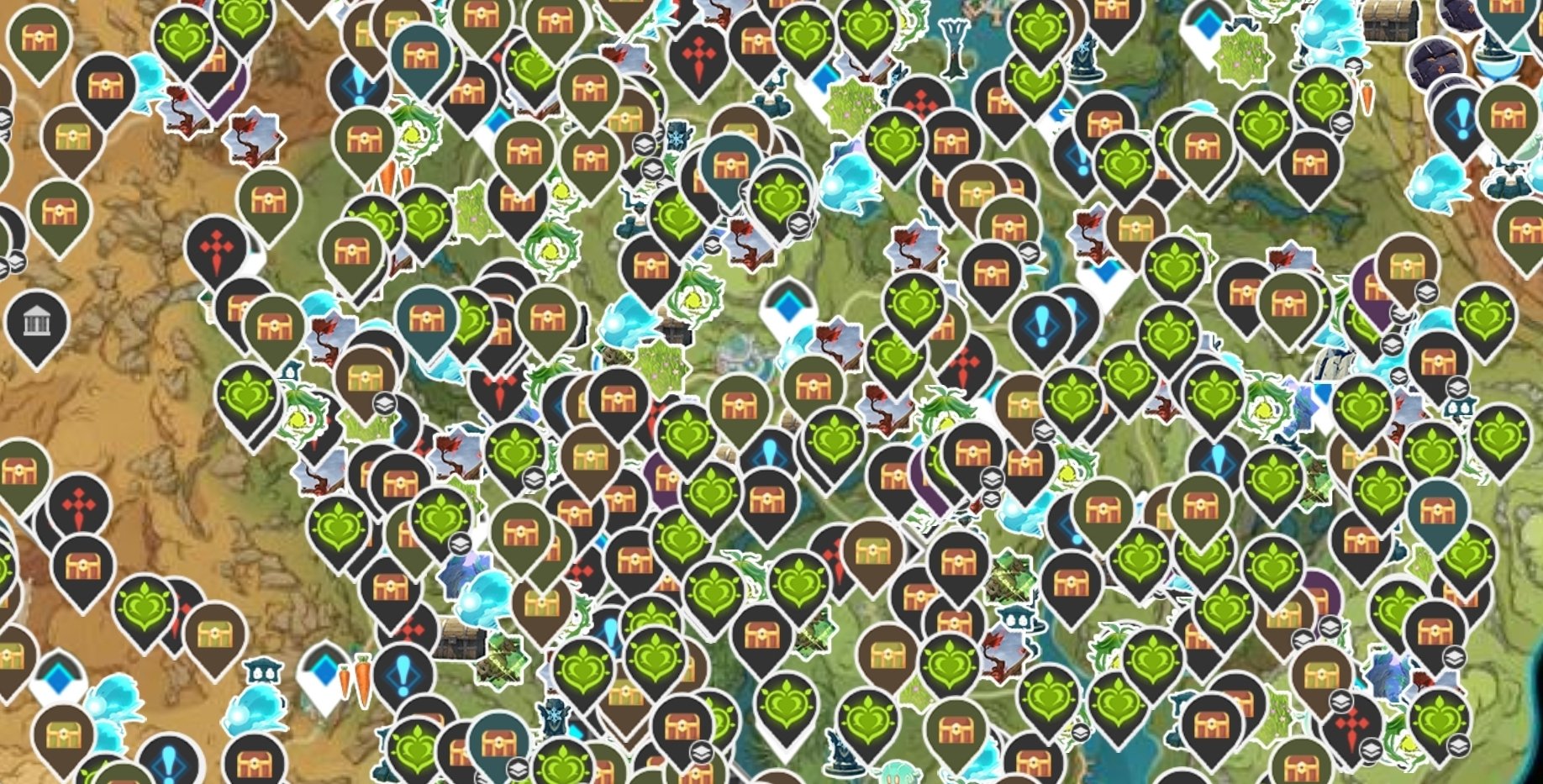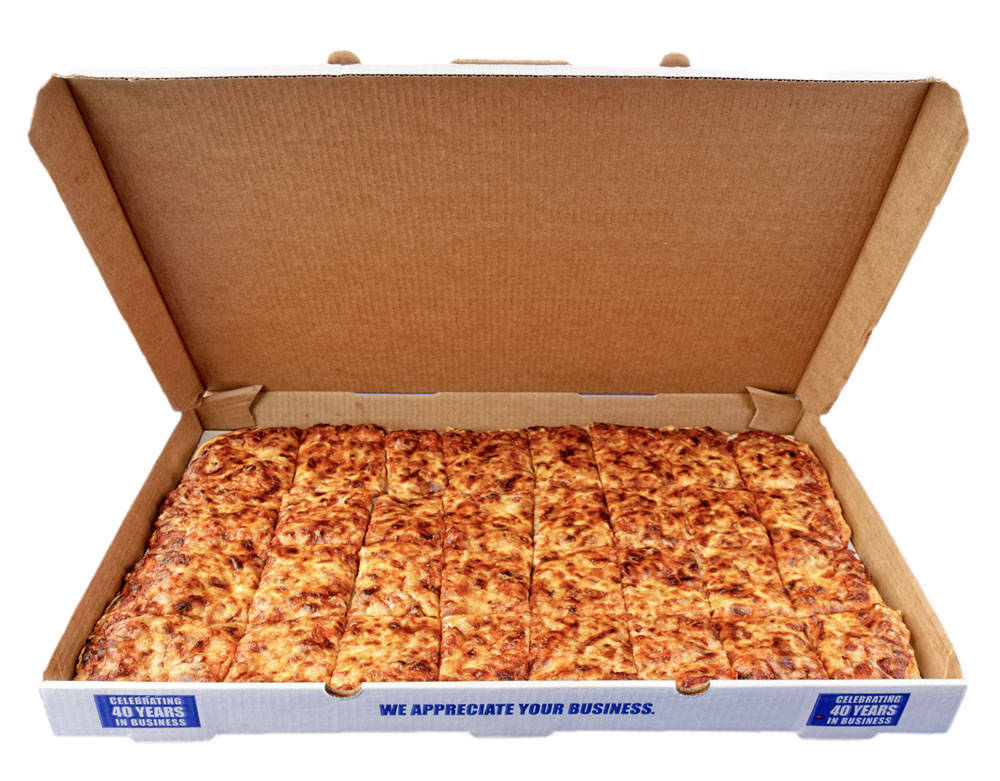

I think Kamala could have been the perfect candidate and she still would’ve lost.
The economy being in the shitter under the Biden-Harris administration killed any possibility of either of them winning another term. The economy ended up being the single biggest issue for American voters. Way bigger than bodily autonomy for women, LGBT+ rights, or Palestine.








80’s’n’t